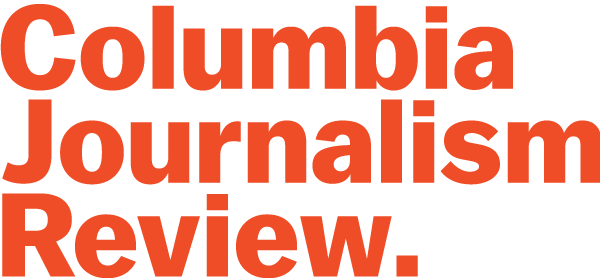Sign up for The Media Today, CJR’s daily newsletter.
Creative Commons–an incredibly powerful legal tool that many media outlets take for granted, and without which the internet would be a less visual and more expensive creation–released a new version of its license last week.
Back in 2002, Creative Commons first published a set of licenses that were meant to ease the way for creative work to be shared and reused. The licenses allowed the owners of copyrighted works to release some privileges to anyone who agreed to follow a simple set of rules for using the works. Usually, the licenses required that the creator get credit, often that the work not be used for commercial purposes, and sometimes that they not be altered. A decade later, the licenses are ubiquitous across the internet: Flickr alone has more than 250 million images that can be licensed through Creative Commons, and media organizations depend heavily on CC photos to populate posts and homepages.
CC licenses were last updated in 2007. And although many media professionals use these licenses every day on the job, it is safe to say that few of them have any idea how they actually work. Because if they had ever bothered to read the terms of the license, they would have realized that, in the immortal words of LOLcats everywhere, ur doing it wrong.
Material licensed under CC isn’t just free stuff. James Bond had license to kill; CC is your license to copy. And although using CC is not as dangerous as using a .25 Beretta three martinis deep, there are conditions, there are risks, and there are, occasionally, consequences for breaking the rules.
CC has morphed over the years in response to how it’s been used in practice, and one of the notable changes in the new version is that it requires “common-sense attribution.” Originally, not all CC licenses required attribution; it was an option that the licensor could choose. It turned out that about 98 percent of people using the license wanted credit for their work. Version 2.0 CC licenses, released in 2004, made attribution standard.
Although Creative Commons says, magnanimously, that “there is not necessarily one correct way to provide attribution,” there are better ways, worse ways, and wrong ways. Look at the ideal attribution that Creative Commons suggests:
“Creative Commons 10th Birthday Celebration San Francisco” by tvol is licensed under CC BY 2.0
Be honest: When was the last time you saw a CC notice that detailed? In particular, when was the last time you saw the title of a CC-licensed work included in the credit line? Up until last week, one of the main requirements of CC attribution was including the title. But most of us coasted by on something closer to this, which Creative Commons calls a “pretty good attribution”:
Although more likely, we tried this:
Photo by tvol
Often, sloppy CC attribution lines link to Flickr pages, which includes much of the attribution information that CC requires, and has served, more or less, the function that CC’s attribution requirements are meant to–the person responsible for the work gets the credit. But we’re also lucky that as an institution, CC is remarkably flexible. The new “common sense” requirements eliminate the title requirement, but they add a requirement that most people are already fulfilling–linking back to the source, when reasonable. (If you’re working on the Web, it’s almost always reasonable.)
On the flip side, though, the new version of CC says that modifications of the work must be marked. This wasn’t true before; version 3.0 required that adaptations be noted, and in copyright speak, adaptations are fairly substantial–think of a book being adapted into the movie. The new standards use the less dramatic standard of “modified.” In other words: Your crappy crop of someone else’s photo? Take credit for it.
These are the minimum requirements that we’re supposed to be following in order to obtain the legal right to copy and distribute other people’s work without paying them any money.
It’s embarrassing that many media outlets can barely follow these rules, let alone take extra steps to give people nice credit for their work. Creative Commons has long said, for instance, that noting modifications is “recommended even when not required.” It’s polite! But, like James Bond, the media industry likes to bend rules when we can and coast by on our charm.
Consider for a minute another group of people whose hard works you rely on and who don’t charge you for their services–your sources. You wouldn’t identify a source in a story just by listing their name and linking to their bio page. You’d give some details about who they were and why you were using them in a story. And then you’d link to their bio page.
Just like sources, the good people of the world who take great photos and license them under CC are donating their time and their expertise to help make your job possible. As a profession, journalists could be more respectful of that, by being more generous with, really, one of the only resources we have–exposure and ample credit.
Disclosure: CJR has received funding from the Motion Picture Association of America (MPAA) to cover intellectual-property issues, but the organization has no influence on the content.
Has America ever needed a media defender more than now? Help us by joining CJR today.


